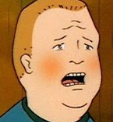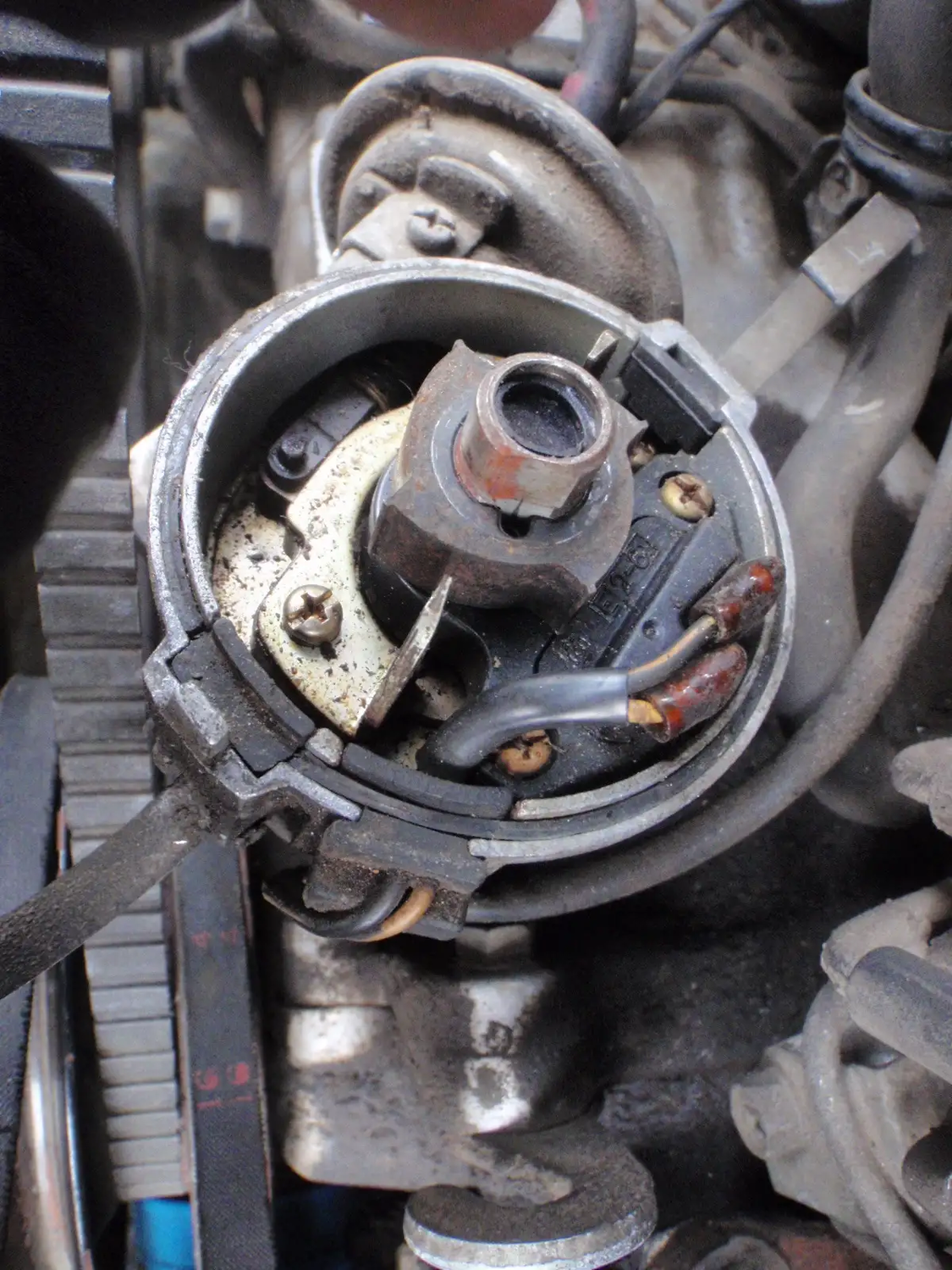
bushytails
Members-
Posts
110 -
Joined
-
Last visited
-
Days Won
7
bushytails last won the day on September 17
bushytails had the most liked content!
Profile Information
-
Location
Humboldt, CA
-
Referral
Quite often has helpful information whenever I do a google search
-
Biography
Finishing up EJ22 5spd D/R 4x4 Lift on a 2wd '84 GL wagon, need some small parts.
-
Vehicles
'83 GL Wagon, '84 EJ22 GL Wagon
bushytails's Achievements

Advanced Member (3/11)
30
Reputation
-
Alternator has no relation to timing... and changing timing doesn't usually cause misfires anyway. Check for damaged vacuum hoses, loose wires, damaged/worn spark plug wires, etc, that may have happened during alternator replacement.
- 3 replies
-
- alternater
- engine
-
(and 1 more)
Tagged with:
-
1991 Loyale engine suddenly shut down
bushytails replied to rickyhils's topic in Old Gen.: 80's GL/DL/XT/Loyales...
Great! I had a similar problem today... Went to back up, and no backup lights. Turn/backup fuse blown. Found one of the wires on top of the transmission rubbed through on the clutch bracket. -
1991 Loyale engine suddenly shut down
bushytails replied to rickyhils's topic in Old Gen.: 80's GL/DL/XT/Loyales...
If the fuel pump primes when the key is turned on, doesn't that mean both the ecu and the fuel pump relay are getting power, but the same fuse as the fuel pump relay is for the ignition coil, which you say isn't getting power? I must be looking at the wrong diagram... -
GL Oil Pan Leaks Like a Sieve?
bushytails replied to scoobydube's topic in Old Gen.: 80's GL/DL/XT/Loyales...
Yeah, getting stronger bolts just so you can over-torque them further before they break seems like the exact opposite of how to fix that, or any other, problem... at best you'll end up with a warped pan that will be hard to ever make seal again... -
Car Alarms For Old Subes?
bushytails replied to Subarule's topic in Old Gen.: 80's GL/DL/XT/Loyales...
They go off randomly and constantly, with a roughly 100% false positive rate, pissing off neighbors, shoppers, and everyone else, while not doing a thing to reduce crime, because no one pays any attention to one going off whatsoever, other than contemplating a brick through a repeat offender's windshield. -
Car Alarms For Old Subes?
bushytails replied to Subarule's topic in Old Gen.: 80's GL/DL/XT/Loyales...
I personally consider car alarms a nuisance that should be banned... -
GL Oil Pan Leaks Like a Sieve?
bushytails replied to scoobydube's topic in Old Gen.: 80's GL/DL/XT/Loyales...
Or use a new gasket with a bit of silicone on both sides... -
1983 Brat Hitachi distributor wiring
bushytails replied to acarcollector's topic in Old Gen.: 80's GL/DL/XT/Loyales...
Went to get a pic... but the Hitachi dist in my '83 wagon is completely different. I found this googling, and it has a pic that should do it: https://ausubaru.com.au/viewtopic.php?t=21289 Black with white is positive, yellow is switched / coil negative / tach /etc. -
Gasket-in-a-tube might be fine...
-
I haven't had one of those apart in so long that I don't remember. I know an EJ has a seal - I just built one of those a couple months ago... EDIT: Found https://www.ultimatesubaru.org/forum/topic/23378-ea82-oil-pickup-tube/
-
I don't know anything about isspro's gauges, and their website seems to list at least six product lines but gives technical info about none of them... An oil passage being clogged wouldn't cause a cyclical reading. Nothing ever settles or needs a re-torque. lol. A leak on the suction side of the pump, like where the pickup tube connects, will let it pull air bubbles and cause a varying reading, without any external visible signs. The stock oil pressure gauge is *very slow*, so I don't know how much pressure variation is normal on those engines. I also don't know if isspro's gauges are prone to jittery readings.
-
What kind of oil pressure sender and gauge are you running? Leaks do not cause jumpy readings. Low level or air leaks at the pickup tube or pump intake do....
-
Well, winning the Smoothest Brain Award is better than winning the Time For A New Engine Lottery!
-
I'm kinda surprised it's an intake thing... I think you'd hydrolock it before you get milky oil...
-
Anything between about 5ftlbs and snapping the bolts off will seal coolant. The exact torque amount and procedure will affect longevity of the seal around the cylinder bores. There is nothing you can do other than flat out forgetting to tighten them that will cause an immediate external coolant leak, or a major internal one. You could have a cracked block or a cracked head. I did a revival of a many-many-years-in-junkyard ea81 wagon that went great (well, great except the gas tank being plugged solid enough that even 120psi of air couldn't get the pickup open, and the carb being a solid blob, and... but I got it running!) until I added coolant, and it ran out as fast as I put it in... Or a problem with the intake surfaces. I'm mostly an EA81 wolfy, not an EA82 one, so I'm not familiar with the cam stuff. Put it together with no oil or coolant, no valve covers, no exhaust, leave the spark plugs out, etc - but do connect the radiator, and loop back the heater core lines. Re-use your last set of head gaskets, unless they're obviously damaged. Do the minimum amount of assembly needed to seal up the cooling system. Remove one of the little intake coolant lines, plug the end with a barb plug and clamp, then put a few feet of hose on the barb you took the hose off from, also with a clamp. Stick the end of that hose on an air fitting with a pressure regulator, fire up your air compressor, and turn the pressure up to 12psi. Listen closely everywhere. Do you hear air anywhere? Do you hear any hissing coming back out the intake? Out either exhaust port? From the spark plug holes? etc. If you turn the pressure up too much the radiator cap will start hissing - turn it down if you do.



.thumb.jpg.96479a473cd1ed4b8bac667c0ee181f5.jpg)
